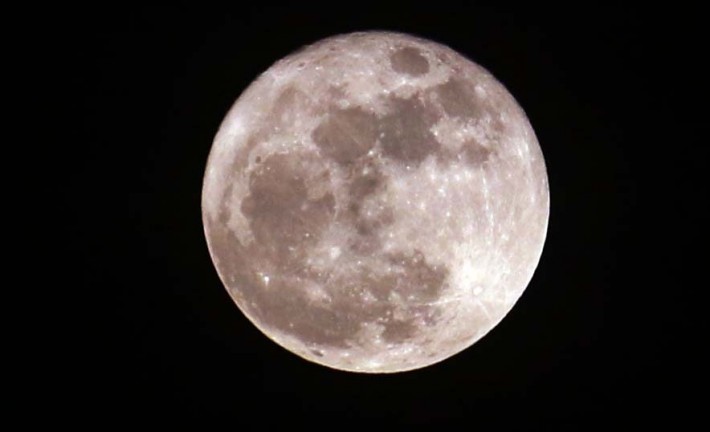Eddie Salazar Gamboa, a recognized Yucatecan astronomer, talks about the characteristics of the ‘Super-Moon’ and when the next one will occur…
MERIDA – The real Super-Moon can be observed on January 1st, 2018, when the full moon stage corresponds with the perigee (its shortest distance to the earth),” said the specialist Eddie Salazar Gamboa.
In an interview with the Diario de Yucatán, the renowned Yucatecan astronomer commented that the full moon of Sunday December 3rd, wasn’t really a Super Moon, because it has so much less light than one than will be seen next January 1st.
“To be considered a Super Moon, the natural satellite of the Earth must be 100% full at the same time as the perigee, that is, the closest point to our planet and in the case of the moon of this December 3 there was a lag of 12 hours away from the perigee,” he said.
That is to say, the full moon occurred at about 9 o’clock in the morning of Mexico and the perigee at 10 o’clock on the same day, he said.
In the case of the moon of January 1st, 2018, the difference between the perigee and the exact moment of the full moon is two hours, that will make it look at least 20% brighter, than a common full moon, so it is enough to be considered as a Super Moon, he said.
He recalled that he registered under the Federal Copyright Law a study that he made in 2014 on the Super Moons, and in this study is the calculation of these phenomena from 2011 and until 2020, and it excludes of these category the full moons of December 3 and even the one of December 31.
He clarified that these phenomena don’t occur every year and that the last one that he has registered was on November 14, 2016.
He revealed that in addition to the Super Moon on the first day of 2018, there will be a full moon on January 31 which will be “blue”, because it is the second full moon in the same month, and in addition there will also be a moon eclipse, which only will be partially observed in Mexico.
Source: www.yucatan.com.mx



